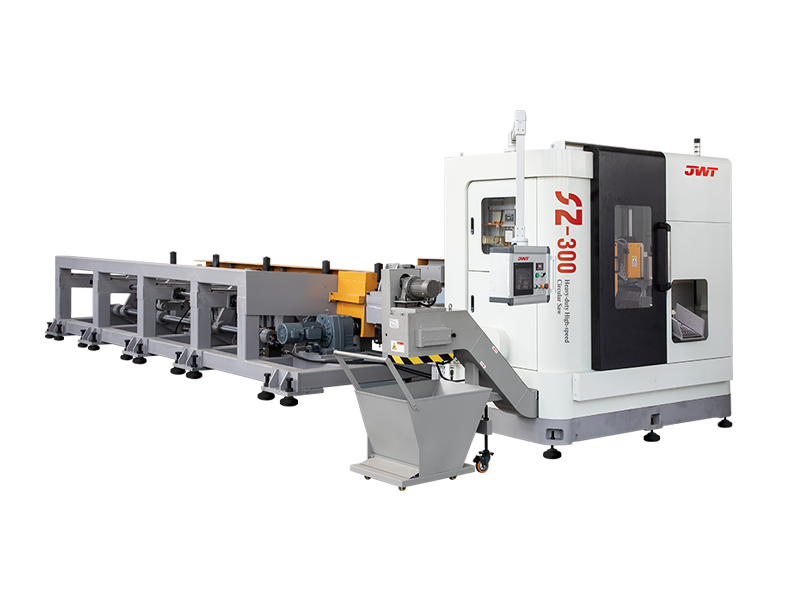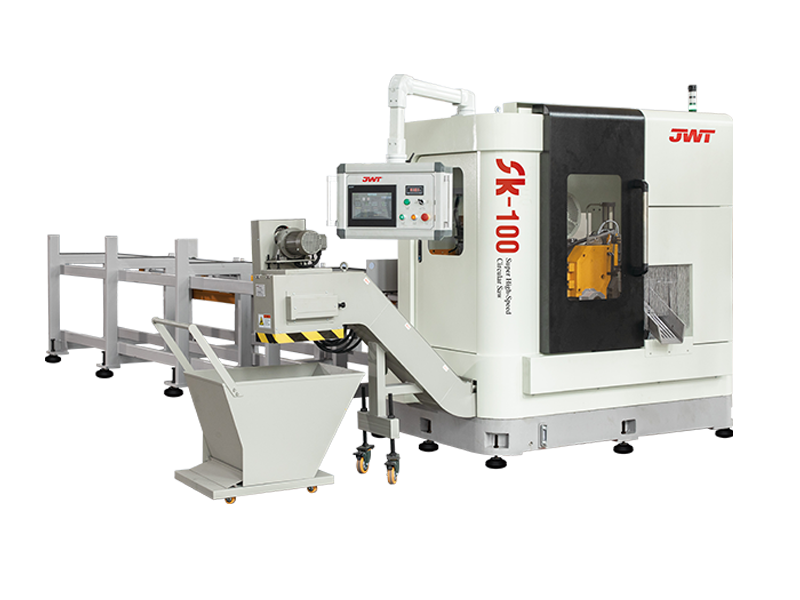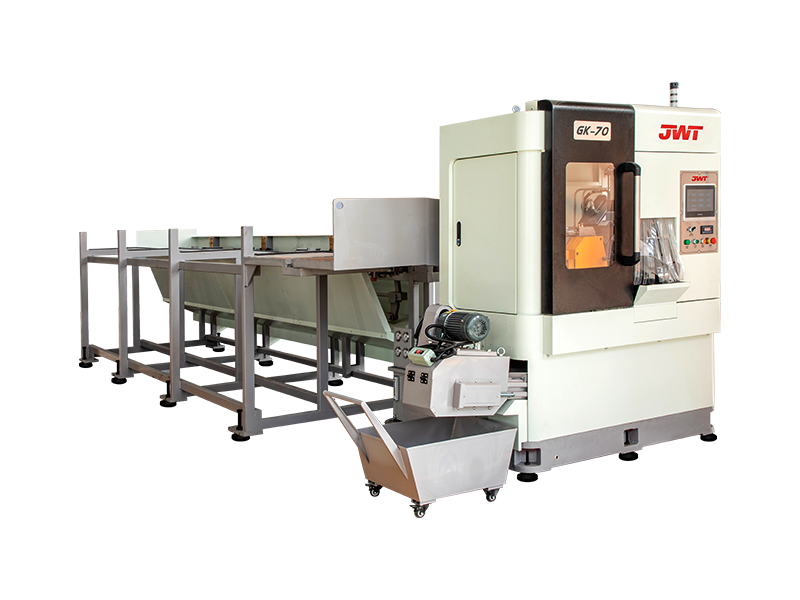Automatic Saw Machine Troubleshooting Guide
An automatic sawing machine is a critical piece of equipment in modern manufacturing. Its high efficiency and precision significantly boost production. However, like any machine, it can encounter issues during use.
1. Inaccurate Cutting Dimensions or Rough Surfaces
This is one of the most common issues, and it can be caused by several factors.
-
Saw Blade Issues:
-
Worn or Dull Blade: This is the primary reason. A dull blade increases cutting resistance, leading to a rough surface and inconsistent dimensions. Regularly inspect the blade and replace or sharpen it as needed.
-
Improper Blade Installation: An unstable or incorrectly installed blade will affect cutting accuracy. Make sure the blade is mounted in the correct direction and securely clamped between the flanges.
-
Incorrect Tooth Count: The number of teeth on the blade should be chosen based on the material being cut. For example, a blade with more teeth is better for cutting thin-walled materials to minimize burrs.
-
-
Feeding System Issues:
-
Loose Clamping Jaws: Insufficient clamping force allows the material to shift during cutting, causing dimensional errors. Check the pressure of the clamping cylinder to ensure it's sufficient.
-
Inaccurate Feed Length Setting: The feed encoder or servo system might be out of calibration. Recalibrate the feed length and check that the encoder's connections are secure.
-
-
Machine Calibration Issues:
-
Cutting Angle Deviation: Check if the cutting angle matches the set value. If there is a deviation, recalibrate the machine.
-
2. Machine Fails to Start or Stops Mid-Cycle
When your automated cutting machine fails to start or unexpectedly stops, you can troubleshoot it from the following areas.
-
Power and Air Supply Issues:
-
Abnormal Power Supply: Check for a stable power voltage and ensure the emergency stop button hasn't been pressed.
-
Insufficient Air Pressure: Many automatic sawing machines use pneumatic clamps and feeding systems. Low air pressure will prevent the machine from operating correctly. Check the pressure gauge to confirm it is within the required range.
-
-
Safety Device Activation:
-
Safety Door Switch: Check that all safety doors are completely closed. The machine will not start if a safety door is open.
-
Overload Protection: If the motor is overloaded, the overload protector will trip. Check if the motor is overloaded due to a dull blade or excessively fast feed speed.
-
-
Control System Malfunctions:
-
Stuck Emergency Stop Button: Check that all emergency stop buttons are in the reset position.
-
Faulty Sensors: Sensors, such as the feed position sensor or cutting position sensor, may be faulty. Clean the sensor surfaces and check for any broken connections.
-
3. Abnormal or No Feed Movement
The feeding system is the core of the cutting process, and a malfunction here will directly affect cutting efficiency and quality.
-
Hydraulic/Pneumatic System Malfunctions:
-
Low or Contaminated Hydraulic Oil: Check the hydraulic oil level; if it is low, add more. If the oil is dirty, it should be replaced.
-
Solenoid Valve Failure: The solenoid valve that controls the hydraulic/pneumatic cylinder may be stuck or damaged. Use a multimeter to check if the solenoid coil is working properly and clean the valve body.
-
-
Electrical System Issues:
-
Motor Failure: Check for loose or disconnected wires on the feed motor. If the motor makes abnormal noises or gets hot, it may need to be replaced.
-
Inverter or Servo Drive Failure: The feed speed is controlled by the inverter or servo drive. Check for any error codes and troubleshoot according to the manual.
-
-
Mechanical Structure Issues:
-
Stuck Guide Rails: Check the guide rails for foreign objects or insufficient lubrication. Clean the rails and reapply lubricant.
-
4. Excessive Noise or Abnormal Vibration
Unusual noise and vibration are early warning signs of machine failure and should not be ignored.
-
Blade and Spindle Issues:
-
Deformed or Unbalanced Blade: Check if the saw blade is flat and perform dynamic balancing if necessary.
-
Worn Spindle Bearings: Worn spindle bearings will produce high-frequency noise and vibration during operation. If you hear any abnormal sounds from the bearings, they should be replaced immediately.
-
-
Loose Mechanical Transmission Parts:
-
Loose Belts or Chains: Check the tension of the drive belts or chains and adjust them as needed.
-
Loose Screws: Check for any loose screws on the machine's connection points, especially the screws fixing the motor and spindle.
-
Summary
Troubleshooting an automatic saw machine is a systematic process. When you encounter a problem, stay calm and start by checking the simplest, most likely causes first. Regular maintenance, such as replacing the saw blade, checking fluid levels, and cleaning the machine, is the best way to prevent failures. By following this guide, you can resolve issues more efficiently and minimize downtime.



 中文简体
中文简体 русский
русский







